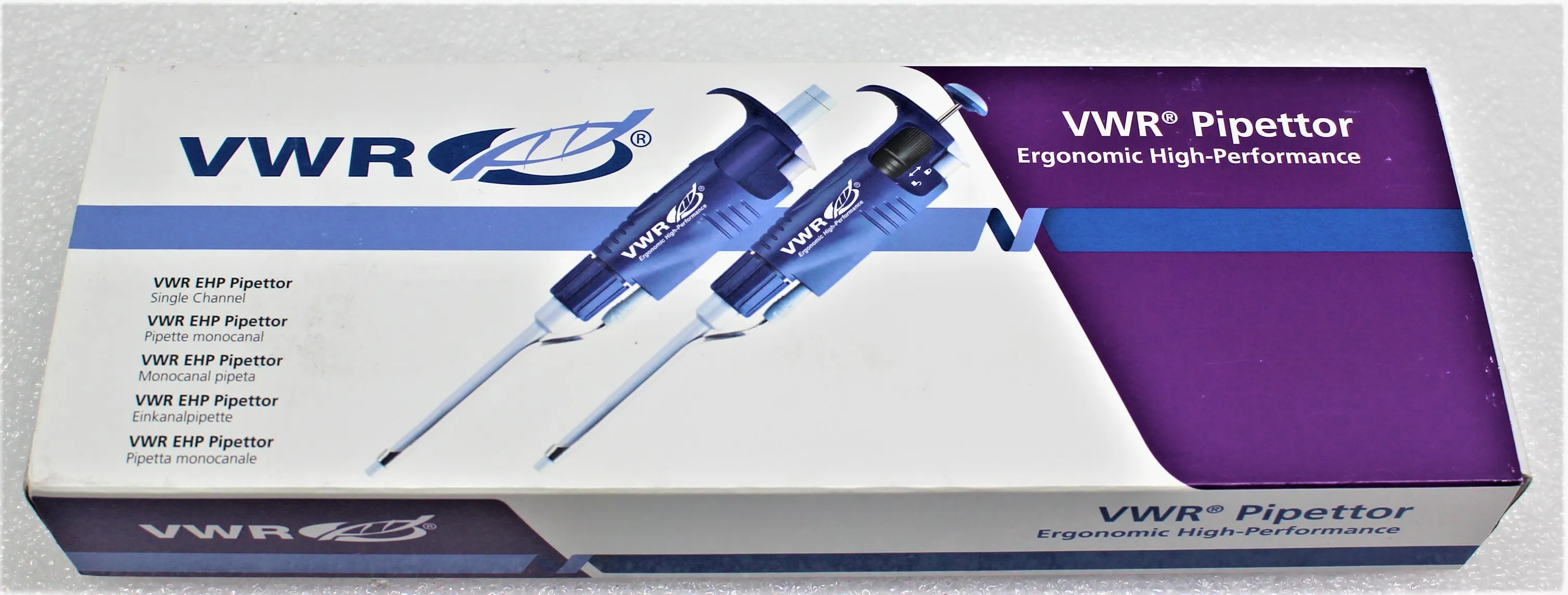Microscopes are essential instruments used in laboratories for magnifying and examining small objects, biological specimens, and materials. They come in various types, including optical, digital, and electron microscopes, catering to diverse applications in research, education, and clinical settings. Whether for studying cell structures, analyzing materials, or conducting experiments, microscopes play a crucial role in scientific exploration.
Microscopes
Price Filter
$0.00 - $60,000.00Product Region
Product Condition
Product Warranty
Browse By Category

Fisher Scientific MP-OS100 Microscope Objective Lens 100/1.25oil 160/0.17

Fisher Scientific AMC-3000 AMPF-HB3200 Camera Head Microscope Imager Unit
Question & Answers For:
Microscopes
Past Questions, Helpful Answers.
What are the main types of microscopes available?
There are three main types: optical microscopes, digital microscopes, and electron microscopes. Each serves different purposes depending on the application, such as biological research, material analysis, or educational demonstrations.
What are the typical uses of a microscope?
Microscopes are commonly used for studying cell structures, examining biological specimens, analyzing materials, and conducting scientific experiments in research, education, and clinical laboratories.
How does an optical microscope differ from a digital microscope?
An optical microscope uses light and lenses to magnify objects, while a digital microscope captures images or videos using a digital camera, often displayed on a screen for easier viewing.
What is the maximum magnification a microscope can provide?
The maximum magnification varies by type. Optical microscopes typically provide up to 2000x magnification, while electron microscopes can achieve magnifications in the millions for extremely detailed observations.
Can a microscope be used for live specimen analysis?
Yes, many microscopes are suitable for observing live specimens, especially optical microscopes equipped with specific features like phase-contrast or fluorescence capabilities.
What accessories might be needed with a microscope?
Common accessories include slides, coverslips, objective lenses, illumination systems, and stage clips or holders for positioning samples.
How do I choose the right microscope for my needs?
Consider the intended use, required magnification, type of specimen, and whether advanced features like digital imaging or high-resolution electron imaging are necessary.
What is the maintenance required for microscopes?
Microscopes require regular cleaning of lenses and stages, proper storage in a dust-free environment, and occasional calibration to ensure accurate performance.
Are microscopes suitable for educational purposes?
Yes, many microscopes are designed for educational use, offering user-friendly features and lower magnification ranges suitable for schools and universities.
How do I ensure accurate focus when using a microscope?
Start with the lowest magnification, adjust the coarse focus knob, then refine the image using the fine focus knob while ensuring the specimen is properly centered.









